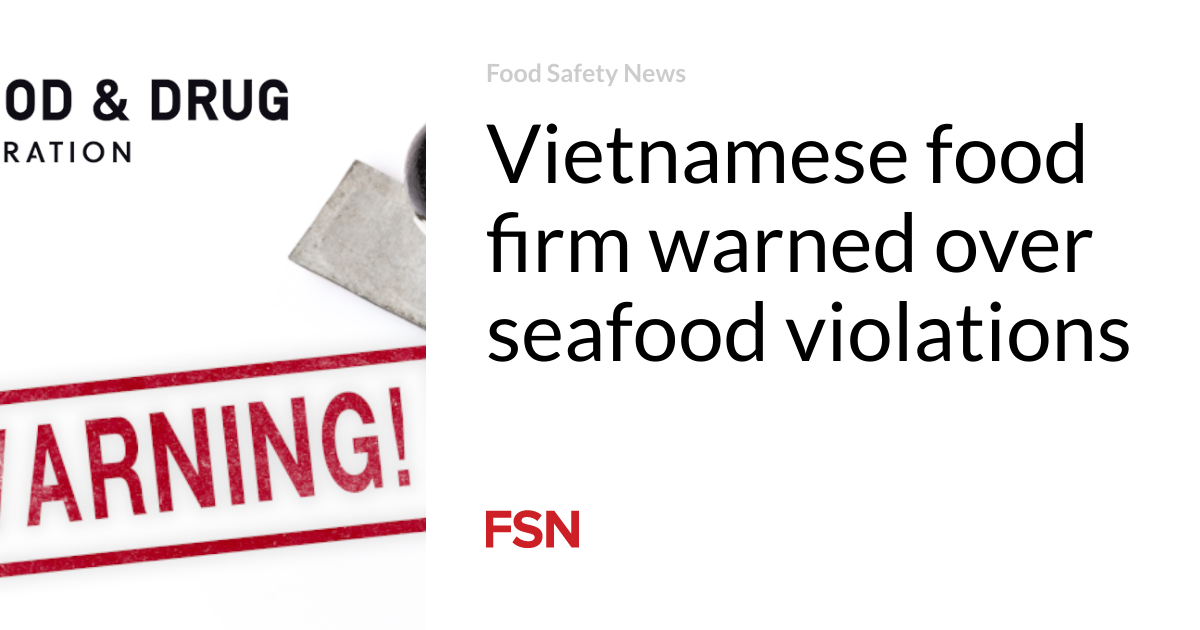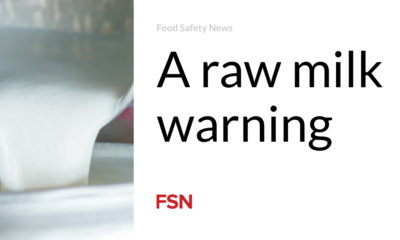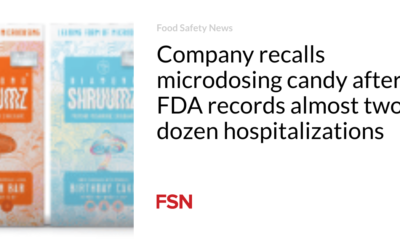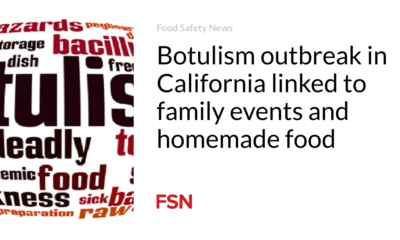Food
Vietnamese food company warned of seafood violations

The Food and Drug Administration sends warning letters to entities under its jurisdiction as part of its enforcement activities. Some letters are not made visible to the public until weeks or months after they are sent. Business owners have 15 days to respond to warning letters from the FDA. Warning letters are often only issued after a company has been given months or years to resolve problems.
Trang Thuy Seafood Co. LTD
Tuy Hoa Phu Yen province, Vietnam
A food company in Vietnam has been issued a warning by the US Food and Drug Administration for violating HACCP (Hazard Analysis and Critical Control Point) regulations for seafood.
In a warning letter dated November 3, 2023, the FDA described an April 9-13, 2023 Foreign Remote Regulatory Assessment of Trang Thuy Seafood Co.’s fish processing plant. LTD in Fukuoka, Japan.
The FDA inspection found that the company was not in compliance with U.S. federal regulations. The FDA discussed concerns with the company and provided them with a list of their violations.
Some of the significant violations include the following:
1. The company must carry out a hazard analysis to determine whether it is reasonably likely that food safety hazards will occur and must have a HACCP plan that lists at least the critical control points. A “critical control point” is defined in 21 CFR 123.3(b) as a “point, step, or procedure in a food process at which control can be applied and, as a result, a food safety hazard can be prevented and eliminated.” , or reduced to acceptable levels.” However, their HACCP plan for “Frozen Tuna Treated by CO,” dated April 25, 2023, does not mention a critical control point to monitor the formation of scombrotoxin (histamine) during the transportation of fresh tuna from the harvest vessel to the processing facility. For tuna delivered chilled or on ice from the harvest vessel, the FDA recommends a critical checkpoint upon receipt to ensure that the fish is kept at or below a temperature of 4.4 degrees Celsius (40 degrees Fahrenheit) or completely during transportation. was kept surrounded by ice.
2. The company must have a HACCP plan specifying at least the monitoring procedures and their frequency for each critical control point. However, their HACCP plan for “Frozen Tuna Treated by CO,” dated April 25, 2023, lists monitoring procedures that are inadequate to control scombrotoxin (histamine) formation.
A. The company’s monitoring procedure of “(edited by FDA)” with a frequency of “(edited by FDA)” at the “(edited by FDA)The critical control point is inadequate. They should use a continuous temperature recording device, such as a recording thermometer, to continuously monitor the temperature and perform a visual check of the recorded data at least once a day.
B. Their monitoring procedure of “(redacted by FDA)” with a frequency of “(redacted by FDA)” at the “(redacted by FDA)” critical control point is inadequate. They should use a continuous temperature recording device, such as a recording thermometer, to continuously monitor the temperature and perform a visual check of the recorded data at least once a day.
3. Because the company chose to include a corrective action plan in their HACCP plan, they described corrective action as appropriate. However, their corrective action plan for “Frozen Tuna Treated by CO”, dated April 25, 2023, does not guarantee that the cause of the deviation will be corrected at their critical control points.
Additionally, the FDA has made the following comments:
- The critical limit is: “Fish is eviscerated before being chilled in ice, and the fish is chilled in ice at less than or equal to 4 degrees Celsius as soon as possible after harvest, but not longer than 12 hours after the fish died. Fish were covered with ice above, below (redacted by FDA)” listed in their HACCP plan for “Frozen Tuna Treated by CO,” dated April 25, 2023, at the “(redacted by FDA)” critical control point to Control histamine formation is a parameter related to on-board operation. However, the necessary limit does not include collecting data that documents this information. FDA acknowledges that their stated monitoring procedures indicate that they obtained this information from the harvest vessel and that they are monitoring the data received from the harvest vessel. To ensure that incoming fish are handled properly aboard the harvest vessel, the FDA recommends that the critical limit include all received batches accompanying harvest records.
- The critical limit of “(redacted by FDA)” listed in the company’s HACCP plan for “Frozen Tuna Treated by CO,” dated April 25, 2023, at the “(redacted by FDA)” critical control point does not indicate where this temperature is obtained . The FDA acknowledges that their monitoring procedure stipulates that the “(redacted by FDA)” is monitored; HoweverFDA recommends that a critical limit be less than or equal to 4 degrees Celsius (40 degrees Fahrenheit) internal temperature at the time of discharge from the vessel.
You can view the full warning letter here.
(To sign up for a free subscription to Food Safety News, click here.)













